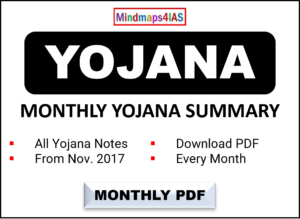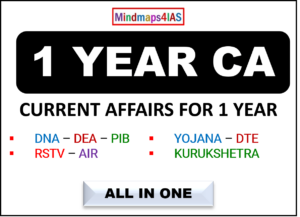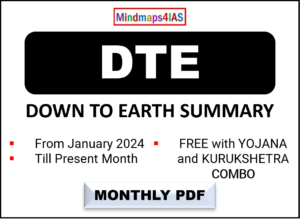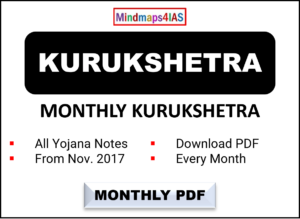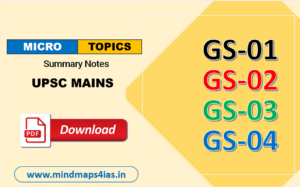Why in the News?
-
As part of amendments to the Financial Bill, 2025, the central government has proposed to remove the 6 per cent equilisation levy (EL) charges imposed on digital ads from April 1, 2025.
Key Takeaways:
-
What is the Equilisation Levy?
-
Colloquially called “Google tax.”
-
Levied to “equalise” the tax component of resident and non-resident e-commerce companies.
-
6 per cent levy has been in force since 2016.
-
Applicable to e-commerce companies sourcing revenue from Indian customers without a tangible presence in India.
-
Only applicable on payments exceeding Rs 1 lakh a year to a non-resident service provider for online advertisements.
-
Not charged if the service is received for personal use and not for business or profession.
-
-
2020 Amendment:
-
Government expanded the ambit of the equalisation levy for non-resident e-commerce operators involved in the supply of services, including online sale of goods and provision of services, with the levy at the rate of 2 per cent.
-
-
Repealing of 2% EL:
-
United States had been critical of this tax and called it ‘discriminatory and unreasonable’ arguing that domestic companies were exempt.
-
That led to India repealing the 2 per cent EL in 2024.
-
However, the 6 per cent levy had continued until the recent announcement.
-
-
Significant Economic Presence (SEP):
-
In addition to the equalisation levy, India also introduced the concept of Significant Economic Presence (SEP) for establishing ‘business connection’ in the case of non-residents in India.
-
The SEP applies to foreign businesses that have a strong digital or economic presence in India, but not physical.
-
It applies in case of a transaction exceeding the specific limit.
-
Other Changes Introduced in the Financial Bill, 2025
-
Assessment of Undisclosed Income:
-
Amendments are made relating to assessment of undisclosed income found during searches and seizures.
-
Added a new term ‘Total Undisclosed Income’ to clarify that the target of search and seizure proceedings is to unearth and penalise the undisclosed income only.
-
-
Definition of Virtual Digital Space:
-
Defined as ‘any digital realm that allows users to interact, communicate and perform activities’ through computer technology.
-
Includes email servers, social media accounts, online investment, trading and banking accounts, remote or cloud servers, and digital application platforms.
-
-
Virtual Digital Assets:
-
Virtual digital assets such as cryptocurrencies have been included in the definition of property to be counted as a capital asset of the assessee along with existing categories of immovable property.
-
-
Tax Officers’ Powers:
-
The new Bill gives tax officers powers to override the access code of computer systems and virtual digital space, including online trading and investment accounts as well as cloud servers, in search and seizure cases.
-
Base Erosion and Profit Shifting (BEPS) Action Plan of the OECD
-
OECD Definition:
-
Domestic tax base erosion and profit shifting (BEPS) relates to tax planning strategies of multinational enterprises that exploit the loopholes in tax rules to artificially shift profits to low or no-tax locations as a way to avoid paying tax.
-
-
OECD/G20 BEPS Project:
-
Equips governments with rules and instruments to address these issues of tax avoidance by ensuring that profits are taxed where economic activities generating them take place and where value is created.
-
-
BEPS Action 1:
-
Deals with the large challenges that arise from digitalisation of the economy to develop a consensus-based solution.
-
The policy document of OECD mentions that ‘an ‘equalisation levy’ could be considered as an alternative way to address the broader direct tax challenges of the digital economy.’
-
-
Two-Pillar Approach:
-
In October 2021, India, the United States, and fellow members of the OECD/G20 Inclusive Framework agreed to establish a two-pillar approach to tackle the tax complexities posed by the digital economy’s rapid growth.
-
-
Two-Pillar Solution:
-
Pillar One: reallocation of an additional share of profit to the market jurisdictions.
-
Pillar Two: minimum tax and subject to tax rules.
-





